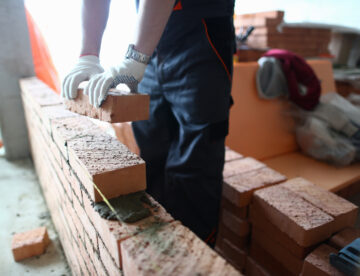
As we approach the end of 2025, it’s once again time for Sheriff Construction to look back at everything this year has presented and begin making plans for the new year ahead.
From celebrating our 20th anniversary with a gala and charity challenge to securing some of our most significant roofing and brickwork contracts ever; from inspiring young people into our sector to building up our newest sister companies; and from achieving new accreditations to developing our response to cyber security, quality and social value – this year has truly given us lots to feel proud of. Join us in remembering our most special moments through our last blog of 2025.

In today’s fast-paced construction industry, providing secure, meaningful and progressive employment is more important than ever. Skills shortages, new regulations and evolving technologies mean companies must invest in people if they want to thrive.
At Sheriff Construction, Sheriff Brickworks and our other sister companies, we believe that offering high-quality jobs goes hand in hand with continuous training and personal development – because when people are supported to grow, businesses do so too. Read on to find out how we’re putting this into practice across our sites and office teams.

The UK Chancellor’s 2025 Autumn Budget delivered last week has sparked major conversation across the country – not least within construction, where decisions around infrastructure, taxation, workforce development and wage costs will all impact the sector, some positively and some negatively.
So, what are the key measures, and how might they help or hinder construction? In this week’s blog, we’re aiming for a balanced breakdown by highlighting some of the pros and cons.

